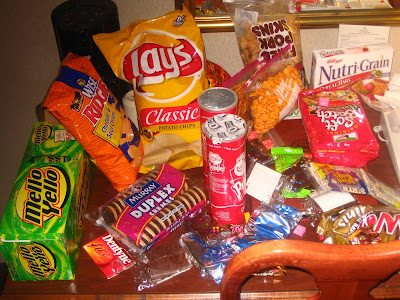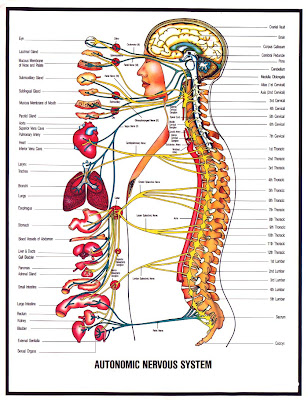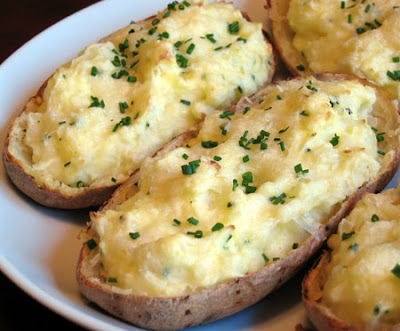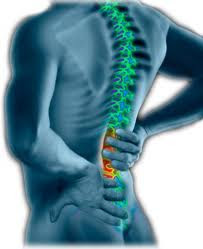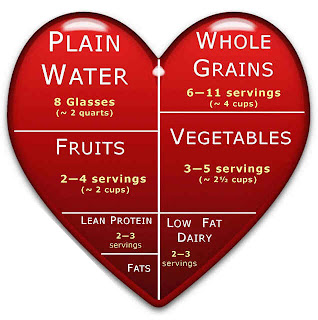
We’ve all heard about the alarming rise in obesity in this country, but more widespread is the epidemic of couch-potatoitis that affects even those who aren’t overweight. Americans have become increasingly sedentary, spending their free time on things that involve no physical activity: video games, movies and TV, the Internet.
The Centers of Disease Control and Prevention recommends 30 minutes of moderate activity a day for adults and 60 for kids. But you don’t have to put your family members on a strict fitness regimen to boost their exercise quotient. Here are seven fun ways to get everyone up and moving.
Step it up.
Start a campaign to see which family member can take the most steps per day. The recommended number for adults is 10,000, but kids should do twice that amount. Buy everyone a pedometer (you can get them for under $10) and a small notepad to record where they walk and how many steps it took. Compare notes at dinner. You can hold contests or make a guessing game out of it: How many steps does it take to get from the kitchen to the laundry room and back?
Play games.
The next time you have a family game night, leave Monopoly on the shelf and grab Twister instead. Games don’t have to be sit-down affairs. Go for a round of Wii boxing or play a machine-dance game.
Be a citizen scientist.
Ever go out and record the colors of courting pigeons in your area? Or count the number of squirrels in your neighborhood? Through citizen science programs, your family members can become untrained “researchers” for a number of ongoing science studies, many of which involve outdoor activity. Visit the Science for Citizens website to see which programs are looking for volunteers.
Do the moonwalk.
Strolling around the neighborhood during the day is nothing special. Do it at night, and it’s an adventure. After dinner, grab a flashlight and hit the pavement for 30 minutes of walking, talking and stargazing. Be sure to return at least an hour before bedtime or nobody will be able to fall asleep!
Get handy.
Find a big project that everyone can participate in. Build a tree house, cut and haul firewood, paint a room, restore a piece of furniture. All that activity -- sawing, hammering, scraping, sanding -- is good exercise. Just don’t call it work.
Play tourist.
See your hometown or nearby city like a visitor would: Take a guided walking tour, visit the zoo, play in the park or go on a hike. Being a tourist always involves walking and physical activity, but it doesn’t have to include travel.
Read More















